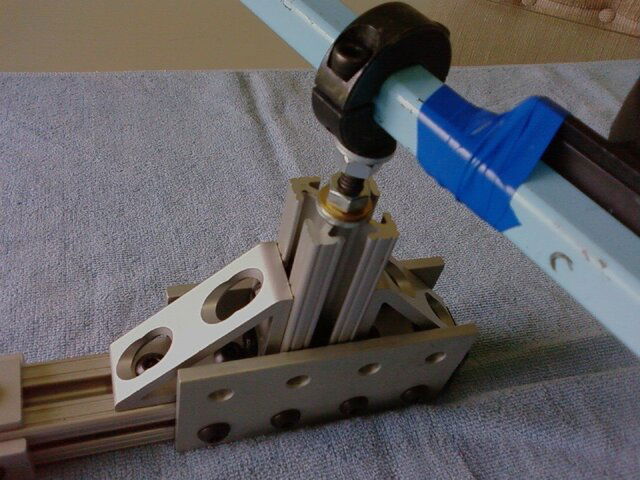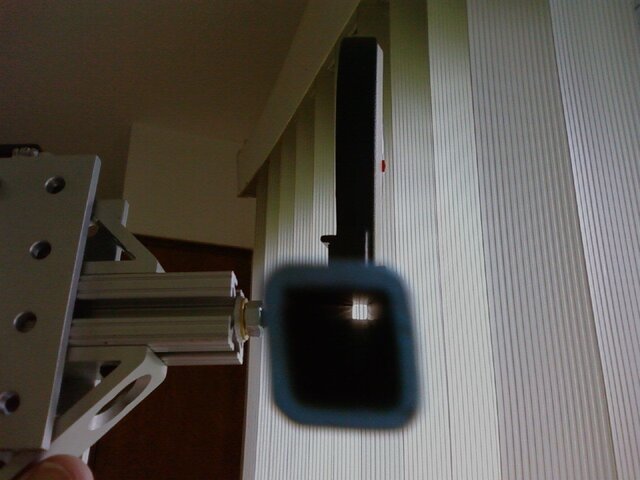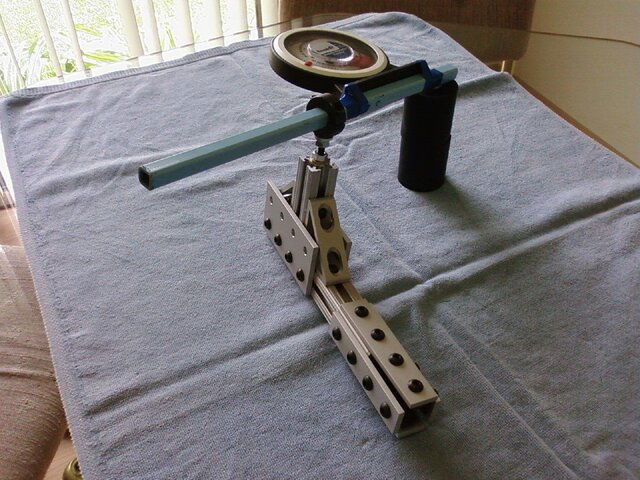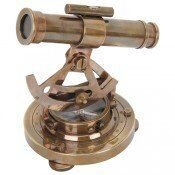Ok guys I've been thinking on this one for a while and well here's the big question. The rental property next to me just had a bunch move out. I'm trying to sneak over and cut a tree limb so I can attempt to get 30W.
If I can get this one limb (about 5" around and 20 feet long) out of the way I might have it done. The limb is about 30 feet straight out from the top of the dish. It's gotta go! There's another large tree about 150-200 feet from where the dish will be at too. I'm thinking at some point in the line of sight aren't we bound to hit a tree? or something....building...mountain etc.. Especially at an elevation of 18-19 degrees! I realize if a tree is 20-50 feet in front of the dish forget it, but at some point aren't we bound to have something blocking the line of sight?
I'm curious what distance is a safe distance to say it no longer affects your line of sight? Is 150 feet a safe distance? Dishpointer says 163 ft and 55ft if thats accurate. Those lucky enough not to be surrounded by trees I admire you! Thanks Blind
If I can get this one limb (about 5" around and 20 feet long) out of the way I might have it done. The limb is about 30 feet straight out from the top of the dish. It's gotta go! There's another large tree about 150-200 feet from where the dish will be at too. I'm thinking at some point in the line of sight aren't we bound to hit a tree? or something....building...mountain etc.. Especially at an elevation of 18-19 degrees! I realize if a tree is 20-50 feet in front of the dish forget it, but at some point aren't we bound to have something blocking the line of sight?
I'm curious what distance is a safe distance to say it no longer affects your line of sight? Is 150 feet a safe distance? Dishpointer says 163 ft and 55ft if thats accurate. Those lucky enough not to be surrounded by trees I admire you! Thanks Blind
Last edited:











